Journal
Welcome to the Sherpa Adventure Gear Journal – where stories are shared, wisdom is passed down, and the spirit of adventure thrives.
This is more than just a blog. It’s a gathering place for explorers and those who find inspiration in the mountains. Whether you’re seeking travel stories, or a deeper connection to our Sherpa heritage, you’ll find it here. Join us as we celebrate the journey, embrace the unknown, and inspire the adventurer within.
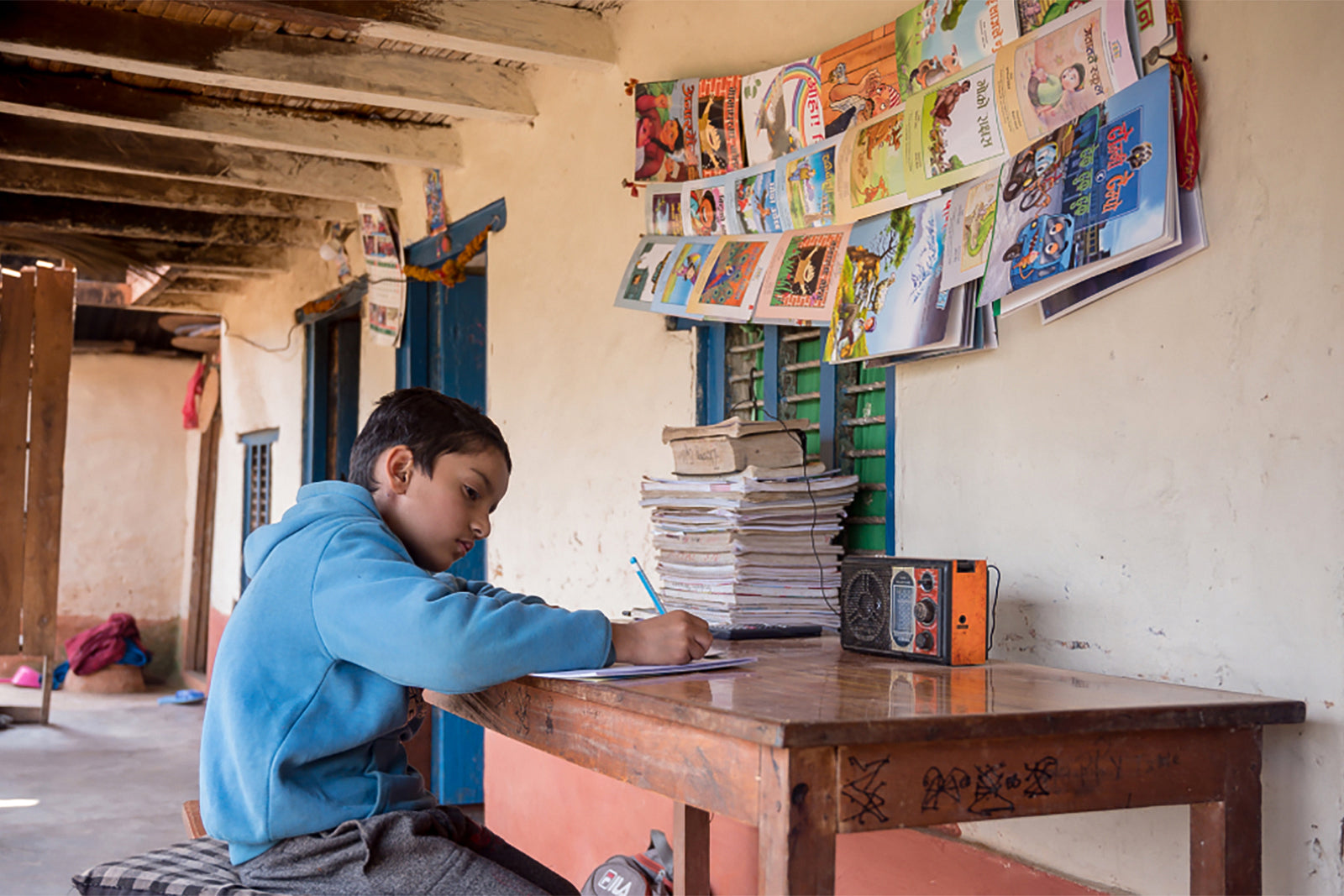
4 min read
Pratik: A story of hope and determination
During the COVID-19 pandemic, school closures disrupted an estimated 1.6 billion children's education, with most of the children affected coming from under-resourced communities with little to no access to remote learning methods.1 The effects of this were predicted to be...
Read post
 4 min readTechnical T-shirts designed for hiking and travelRead post
4 min readTechnical T-shirts designed for hiking and travelRead post 3 min readLayers for AdventuresRead post
3 min readLayers for AdventuresRead post 5 min readCelebrating International Women's DayRead post
5 min readCelebrating International Women's DayRead post
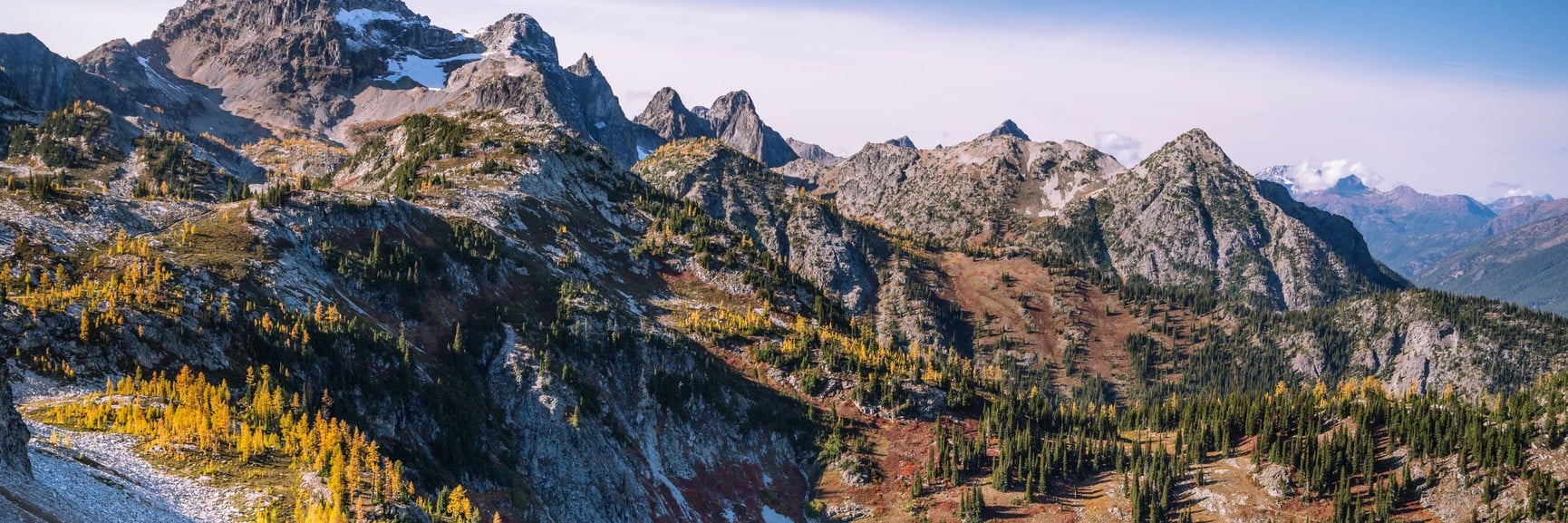
7 min read
Making The Most Of A Trip To The North Cascade National Park
The North Cascades National Park, also known as the ‘American Alps’, is in the highlands of the northern Washington state in the USA. Surrounded by a vast array of wildlife, mountainous trails, and lakes, you can plan to spend a...
Read post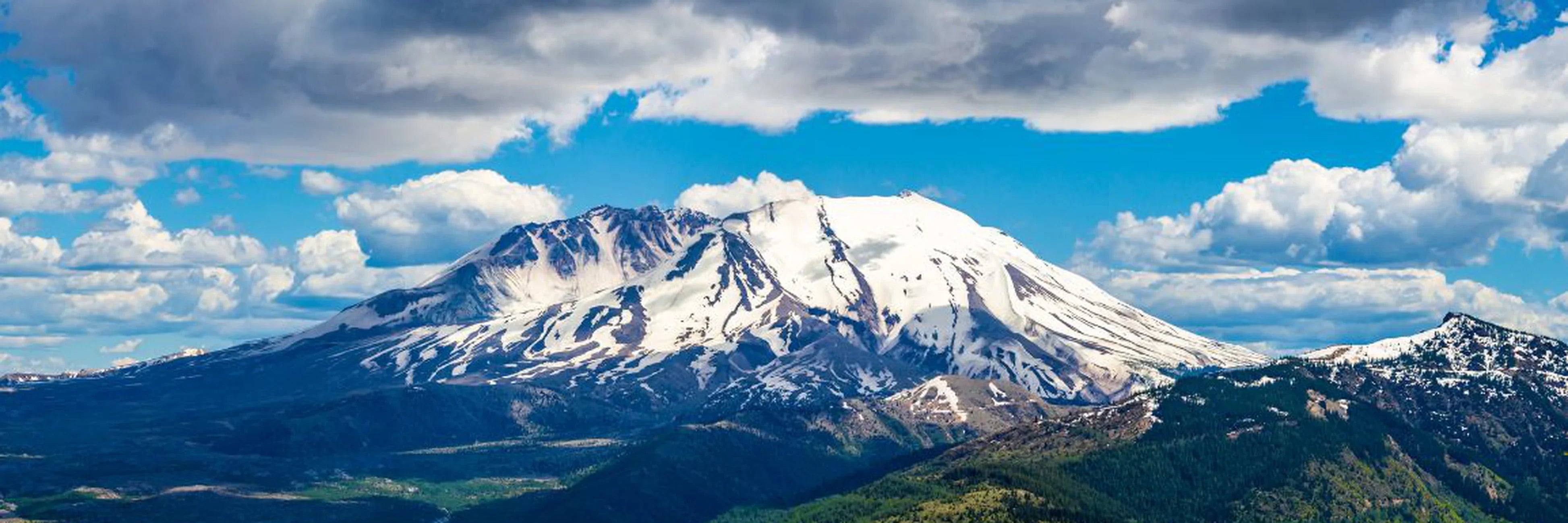 Adventure5 min readNational Parks Across the Cascade RangeRead post
Adventure5 min readNational Parks Across the Cascade RangeRead post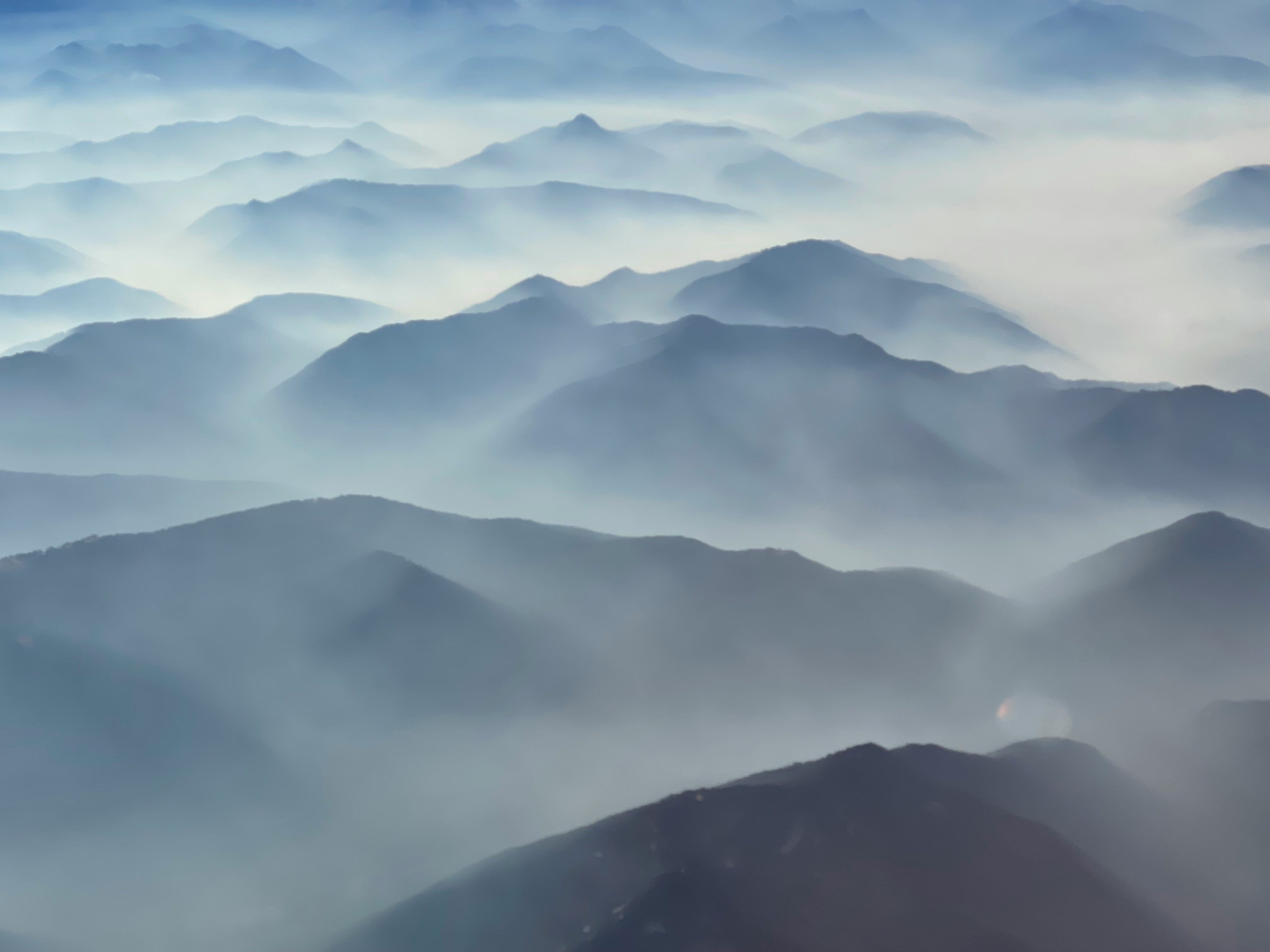 Adventure11 min readThe Cascade Volcanic ArcRead post
Adventure11 min readThe Cascade Volcanic ArcRead post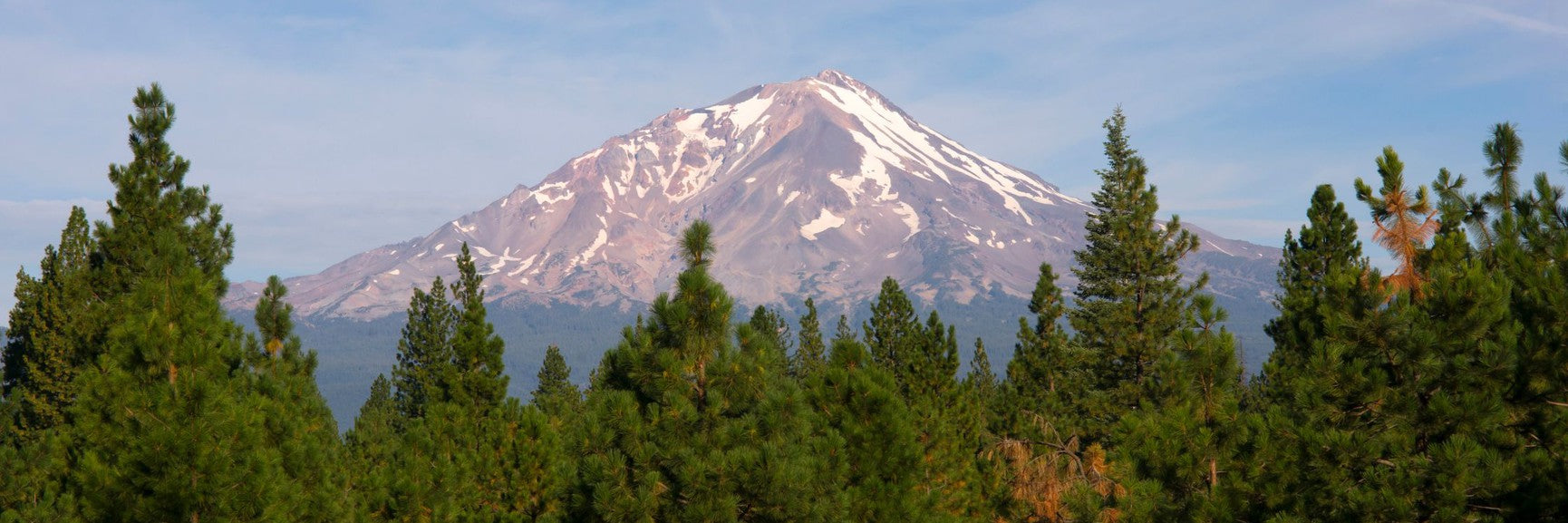 Adventure4 min readHow To Hike The Cascade PassRead post
Adventure4 min readHow To Hike The Cascade PassRead post
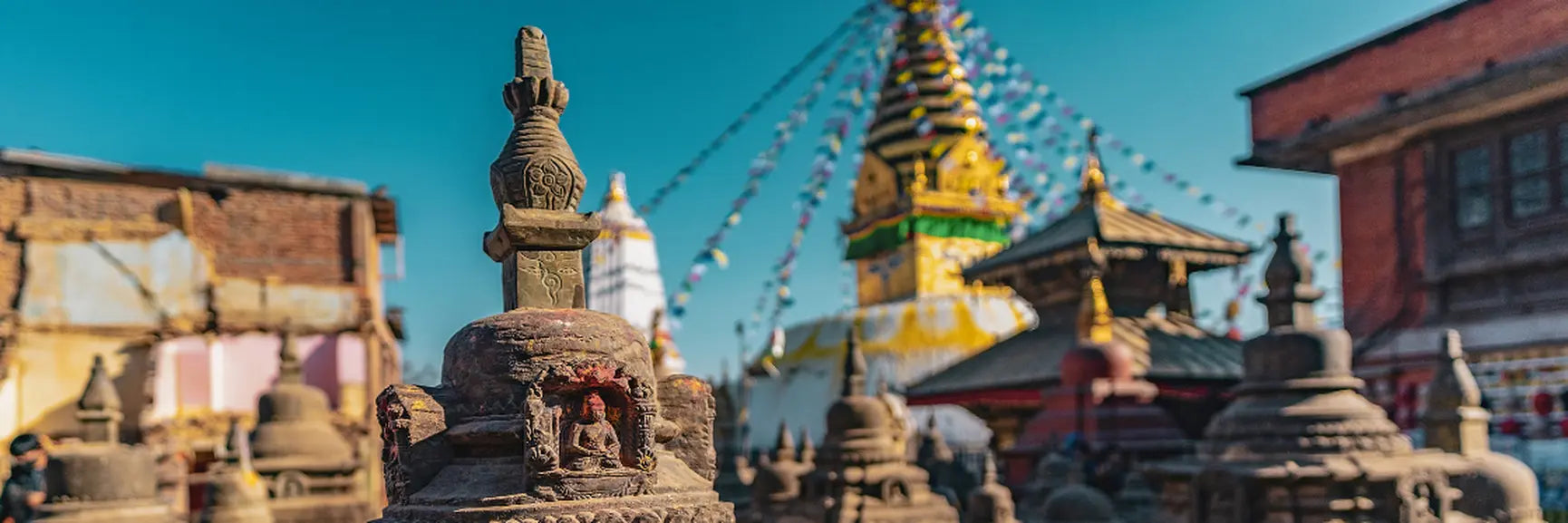
Adventure
6 min read
Visiting Swayambhu Mahachaitya, the Monkey Temple
A jewel in the Himalayas, Nepal is a country packed with high-altitude natural wonders and deep valleys. Famous for Mount Everest and its brave Sherpa mountain guides, Nepal has an entire world to offer. From fortified monasteries and stunning architecture...
Read post





